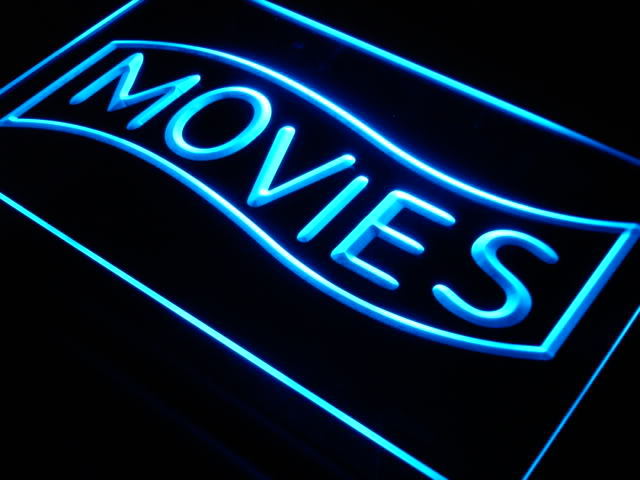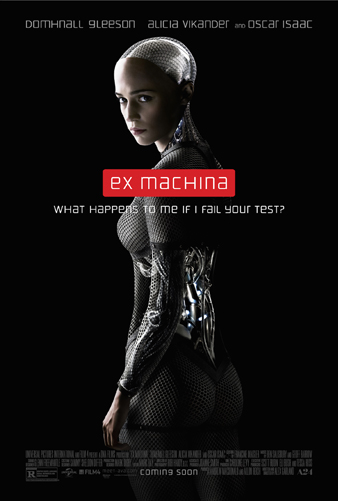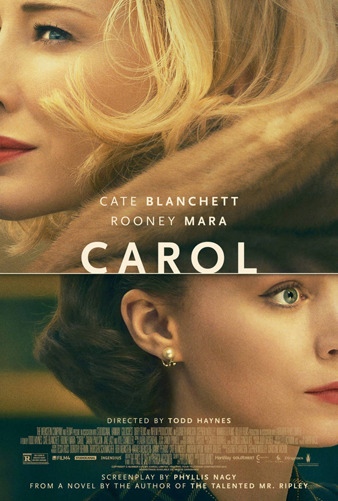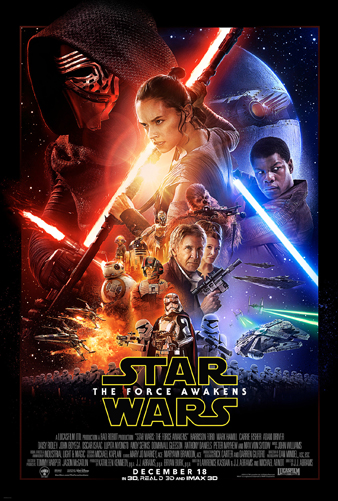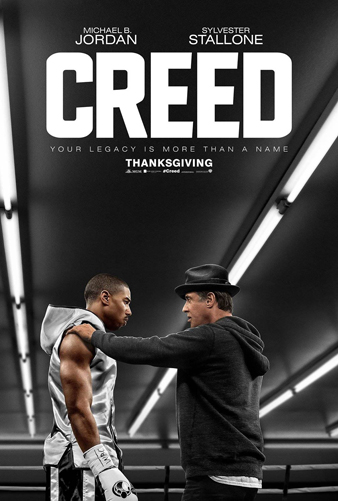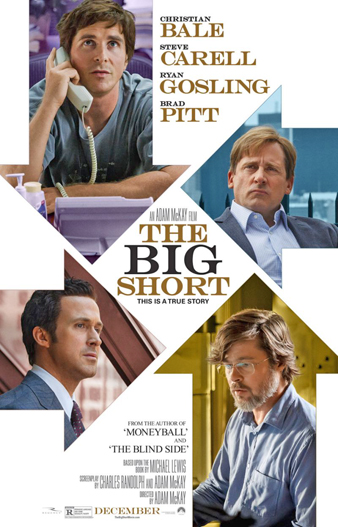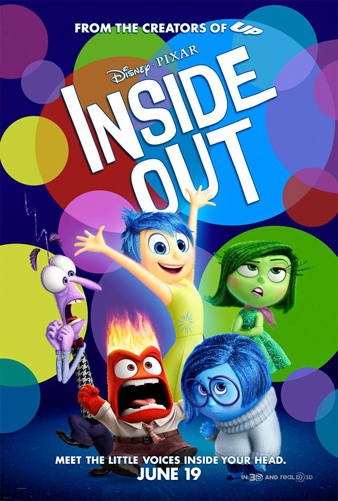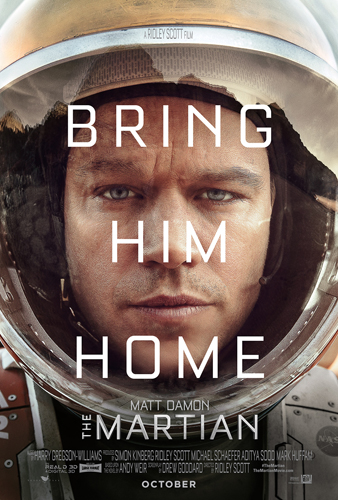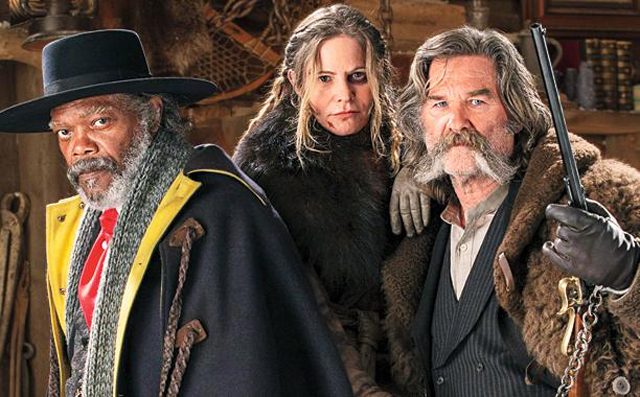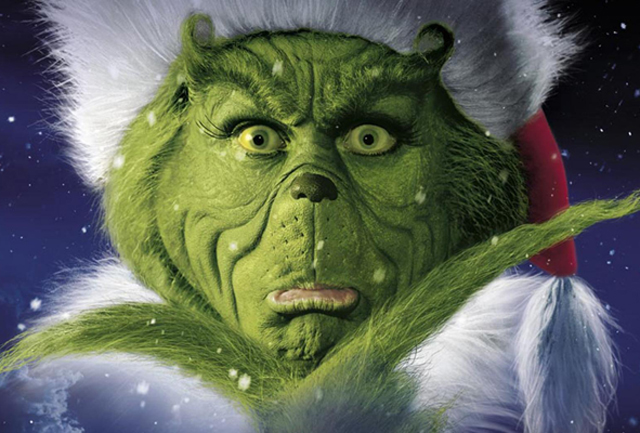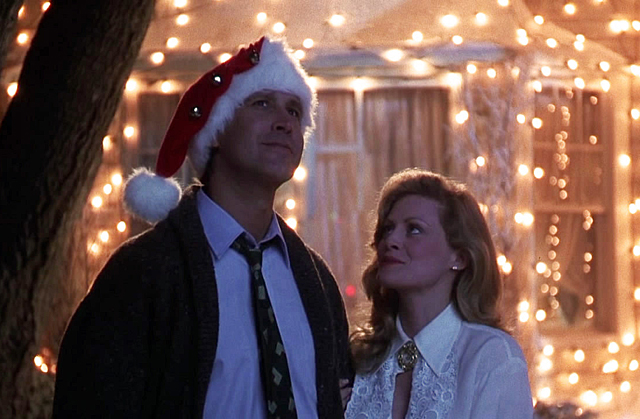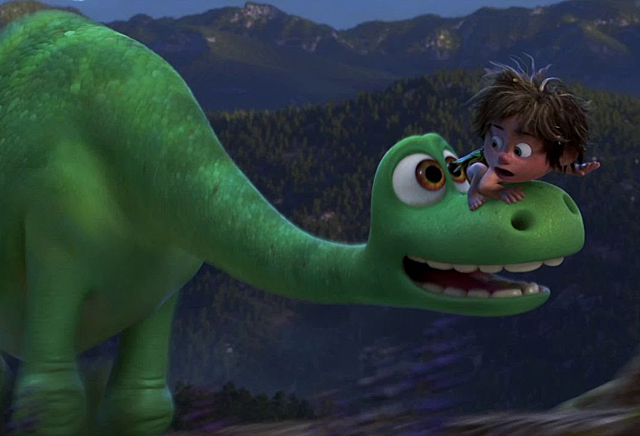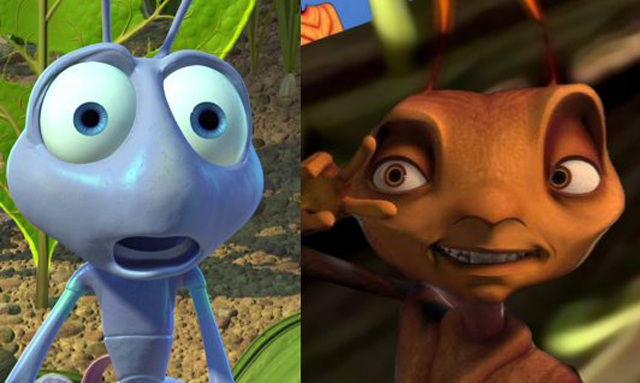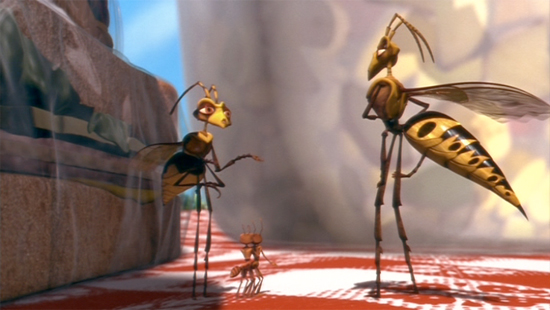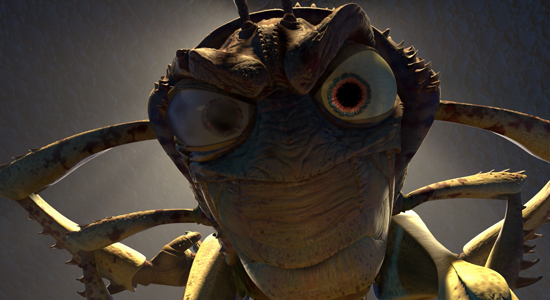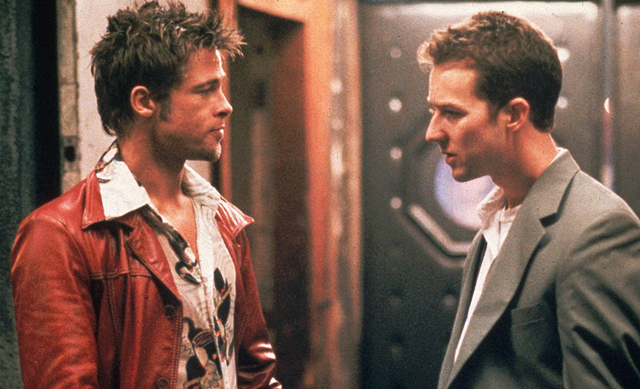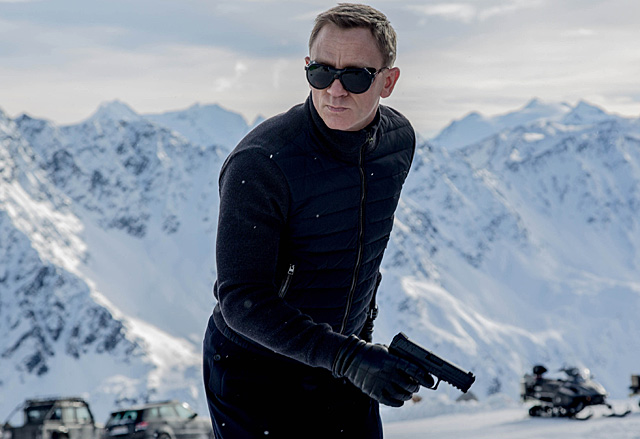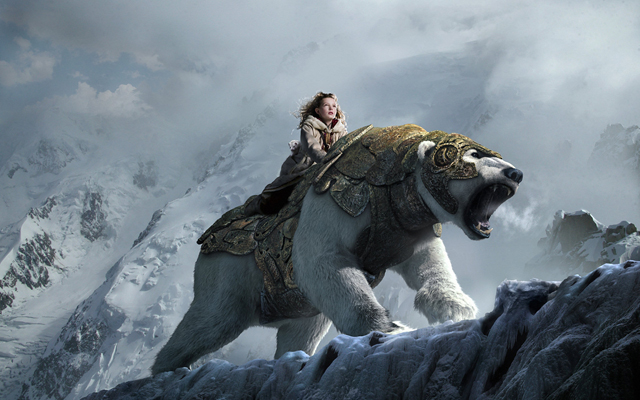
When Hollywood has a movie that is popular, then it’s a beloved asset. If it’s a story that’s open enough for a sequel, even better. Building a franchise, more than anything, is what the big studios strive for, because it guarantees them added revenue for years and decades to come. The only problem is that not every story is well suited for a franchise. Some movies are better as singular experiences with clear cut conclusions that leaves no loose threads dangling. And yet, Hollywood will still try to squeeze every last bit of substance they can in order to stretch their success further. Strangely enough, some of the movies in the last year have shown that with enough creativity and purpose, some franchises can live on and prosper, even after years of dormancy. With the cases of Star Wars, Mad Max, or Rocky, we are now seeing franchises enter their seventh or fourth iterations, and come out of it even stronger than before. Not only that, but these movies also make the bold assertion that there will be more to come later. Of course, with some of these franchises, their continuation makes sense because it’s built into their base levels to be ongoing stories. But, for that to work, the movies have to bank on the expectations of the audience that they’ll be willing to come back again and again. And in some cases, when a film series is starting from scratch, it becomes a gamble to have your audiences expect more. Sadly, some of the biggest misfires that Hollywood has ever made have come from the misguided attempts to build a franchise while forgetting to make the movies stand on their own.
Truth be told, this is far too often the result of having too much story for one movie. Many franchises we see today are based off of works of literature, particularly the kinds that tell their stories over multiple volumes. When the story is vast enough to guarantee enough plot for a lot more movies, then it appeals greatly to filmmakers interested in starting up a franchise. But, when the translation happens, those same filmmakers have to take into account a few things; can they get away with telling only part of the story and is that something that’ll please their audience. For most of these franchises, they all run into the same problem and that’s the opening film hurdle. The first film in a franchise, especially one that is supposed to start off a planned series, is always the hardest film to make and it’s by far the one film in each series that makes or breaks the entire operation. Within it, you must devote a huge amount of run-time purely to set up your main cast of characters, the world they live in, the special rules that pertain to said world, the stakes within, and if you’re lucky, hopefully there will be room for some plot as well. For many wannabe franchises, this first film is often the stumbling block, just because an insane amount of exposition must be applied in order to set up what comes after. Exposition is a valuable tool when writing a book and is generally accepted when readers come across it on the page, but in movies, it can often be monster. When a movie stops to explain something, it grinds the film to a halt, thus making exposition a thing that most screenwriters and directors fear. This is what defines the biggest problem with most opening films in franchises, and it sadly is what prevents many of them from ever finding their footing.
But, if a franchise does get over that hurdle, then it has a chance of succeeding. And indeed, the best franchises we’ve seen over the years, at least the ones that come from literary sources, are the ones who managed to establish their worlds and characters successfully. Once that hurdle has been conquered, then anything is possible and chances can finally be taken. It was the situation that we saw play out a lot in the early to mid-2000’s when this idea of franchises built from multi-volume literary sources suddenly became the rage in the industry. In 2001, we saw the start of two series that not only gambled and succeeded with their ambitious first features, but would also go on to set the template for the next decade in Hollywood. These of course were the Harry Potter and Lord of the Rings franchises. Rings you could argue was the more successful because it was the better stand alone movie, but Potter did well enough at the box office to warrant it’s expected sequels and only later did it finds it’s footing with the sequels that took more chances. But regardless of how good the first films were, the fact that they succeeded allowed for the franchise to breath a little easier going forward. Rings and Potter improved as they went along, but, they had to gain the trust of their audiences in order to keep going. That’s what made their opening films so crucial, because if the audience didn’t buy into the story from the start, what need would they have for it to continue. Fortunately for Rings and Potter, they had the benefit of capable filmmakers behind them who believed in what they were doing. Most of the failed franchises weren’t so lucky.
Though a lot of franchises have come and gone over the decades, the 2000’s seemed to be an especially brutal one for “one and done” attempts at building a series. Mostly, this was a result of many studios trying way too hard to ride the coattails of Rings and Potter. Those films had the benefit of a built in base of support that saw them through their entire run, and the audiences were even rewarded with some better than expected results. Other franchises failed because they made no effort to distinguish themselves and merely just tried to copy the formula that had come before. Sadly, this happened too often to franchises that had potential, but were saddled with lame, amateurish productions. A good example of this is something like Eragon (2005). On the outside, this looked like a feature that embodied the same spirit and style of Lord of the Rings. Written by wunderkind American fantasy writer Christopher Paolini, Eragon had all the makings of a great classic series; high production values, a stellar cast (Jeremy Irons, John Malkovich, Rachel Weisz), and a beloved source novel. How could it possibly fail? With lackluster direction and a 90-minute running time that stripped the story down to it’s bare bones; that’s how. The movie was a cliche filled mess and it drove audiences away, mainly because there was nothing of interest for them to grab onto. It was all plot and no heart. Sadly, the lackluster adaptation stop any chance of the series continuing and all we have now is just the first stand alone film. It probably failed because it added nothing to the fantasy genre that we already hadn’t seen. Unfortunately, other franchises would likewise fall into the “one and done” pitfall despite having promise. The quirkiness of Lemony Snicket’s A Series of Unfortunate Events (2004) should have helped it stand out, as well as the uniqueness of The Spiderwick Chronicles (2008) modern day American setting. And yet, uninspired productions sank these franchises two before they could ever get themselves going.
On the plus side, many of these franchises smartly remembered that they were stand alone films in addition to being parts of a larger narrative. The biggest mistake that a wannabe franchise can do is to leave itself open-ended, making the misguided assumption that the franchise will have legs beyond one feature. Sadly, there have been many failed franchises that not only ended up with just one feature, but also ones that had that same one film feel incomplete. Oddly enough, this is a practice that was following in the footsteps of a successful franchise that somehow worked to it’s own advantage. In The Lord of the Ring: The Fellowship of the Ring (2001), the movie left us with an open ending, with the main characters advancing towards the next stage of their journey. While this was a gamble itself, director Peter Jackson somehow made this acceptable by working everything before feel like a logical conclusion to this phase in the story, allowing the tease at the end to feel more natural. Unfortunately, not every continuing narrative has these nice and neat breaks to conclude an opening chapter. Sadly, too many Rings wannabes tried to give themselves these teaser endings to get us excited for what’s next, and having it backfire. Perhaps the worst attempt at this was a film called The Golden Compass (2007). Based off the Phillip Pullman novels (which has often been described as Narnia for Atheists), The Golden Compass was New Line Cinema’s misguided attempt to create their own fantasy franchise in the same vein as Rings. A convoluted adaptation followed and to make it even more infuriating, the movie thought it could conclude open-ended like Rings. Unfortunately, because they picked a horrible place to cut the story off (which ignores a far more satisfying ending from the book) the movie just feels incomplete as a result instead of being a satisfying experience on it’s own. This is a perfect example of how not to do a teaser ending, and is the primary reason why The Golden Compass‘ open ending remains so painfully awkward today.
This is perhaps the main reason these failed franchises feel so pathetic in the end; because we know that there is more story to be told and yet we’ll never get to see any of it on the big screen because the openings let us down. The Golden Compass especially feels irritatingly hollow because it dared to think we’d be clammouring for more in the end, but did nothing to earn it. But, some movies can get away with it by making each feature feel complete and avoid those ending teasers that only end up infuriating the audience. Harry Potter had the benefit that each volume of it’s series more or less has it’s own story that only ends up tying together the further into the larger narrative you go. If the first film, Harry Potter and the Sorcerer Stone (2001) failed and no more were made after, it could still stand on it’s own because the film’s plot was more or less a complete one. In the end, all films must follow the same act structure as every other film, having a beginning, middle, and ending that all make sense. Even stories that take in the center of a larger narrative and can get away with it. Movies that just pick up or leave the story without context will only end up confusing their audience. That’s what makes every individual Potter film work in the end; their individual narratives. Some failed franchises withhold elements that could lift the drive of their individual plots in favor of saving them for future installments, and becomes another unnecessary fault that defines them because it robs the urgency of the story. The only explanation could be that studios want to follow a formula and that doesn’t fit into each stories narrative and you end up with films that feel more like exercises rather than experiences.
The commerce angle behind these franchise makings can also become their downfall. Sometimes, when the source material is too large to fit into a single feature, or even just a couple, then some productions make the mistake of cramming too much into a movie. It’s the opposite problem to the hollow withdrawing of material like what happened with The Golden Compass; but it’s no less destructive to the plot of a movie. Try to tell too much story, and you end up with a plot that never gives the audience a chance to absorb it all, or it tells only a fraction of what’s really there to begin with. Lemony Snicket’s A Series of Unfortunate Events fell victim to this, with many of the 18 novels in the series crammed into a disjointed narrative that never settles into a rhythm. M. Night Shaymalan’s failed attempt to adapt the Nickelodeon series Avatar: The Last Airbender resulted in a Cliff Notes version of the first season called The Last Airbender (2010) which gave us all the high points with none of the emotion and ended up being loathed by audiences of all kinds. This is the unfortunate result of trying to force a giant story into the confines of a cinematic format, and again, forcing the story again leads to failure which in turn leads to abandonment. Thank God George R. R. Martin turned down Hollywood attempts to adapt his Song of Ice and Fire series into a single condensed film, and instead waited for HBO to come calling. What he proved is that sometimes there are other ways to adapt a lengthy story, including television, and that it matters to give a narrative it’s proper pace and format. Rings and Potter had their formulas, but they only worked best for their own stories. Many of these other failed franchises would have done best to establish their own formulas to follow.
In the end, the best thing to do is to think about each film as it’s own story. Sadly, even ongoing narratives still have to gamble with the changing times. Harry Potter was lucky to survive for over a decade, mainly by gaining goodwill from the audience by taking chances. But, even still, time will change perspectives and audiences will ultimately decide if a series is worth continuing. We did end up with 3 Narnias in this fantasy craze of the 2000’s, but that was short lived, and we may never see the final four that are still waiting. It’s a gamble in the end, but one that more or less can depend on the willingness of the filmmakers. If you are purely just in it to follow a fad, then your series will be short lived. If you believe in the project, and understand the best way to tell the story on screen, then you might have a chance. Unfortunately, so many franchises make the mistake of putting too much faith in their first film and then abandoning that faith when it doesn’t turn out like they expected. Eragon, The Golden Compass, and Lemony Snicket are the unfortunate lost children of Hollywood’s make-or-break approach to franchise building. Their failures are only made more harsh by the fact that they feel more incomplete than the average film, the result of a misguided belief that these stories can only carry over into the next chapters. The reason why we see series like Star Wars continue to stay strong even after a long absence, and is allowed to conclude each film with a more or less open ending, is because it’s earned the right to. Each open ending does have a sense fulfillment by the end, and audiences accept it. Nothing is withheld or forced on us, and the plot has been firmly established with a satisfying three act progression. That’s why when we see Luke and Leia standing together as they plan a rescue for their friend Han Solo at the conclusion of The Empire Strikes Back, it feels like a natural ending without truly ending. It’s a story worth the cliffhanger, and sadly the formula doesn’t fit all stories despite Hollywood’s attempts to make it fit. There’s nothing more unfortunate in Hollywood than a story that will never be concluded, and that’s the worst kind of cliffhanger that any storyteller can imagine.
